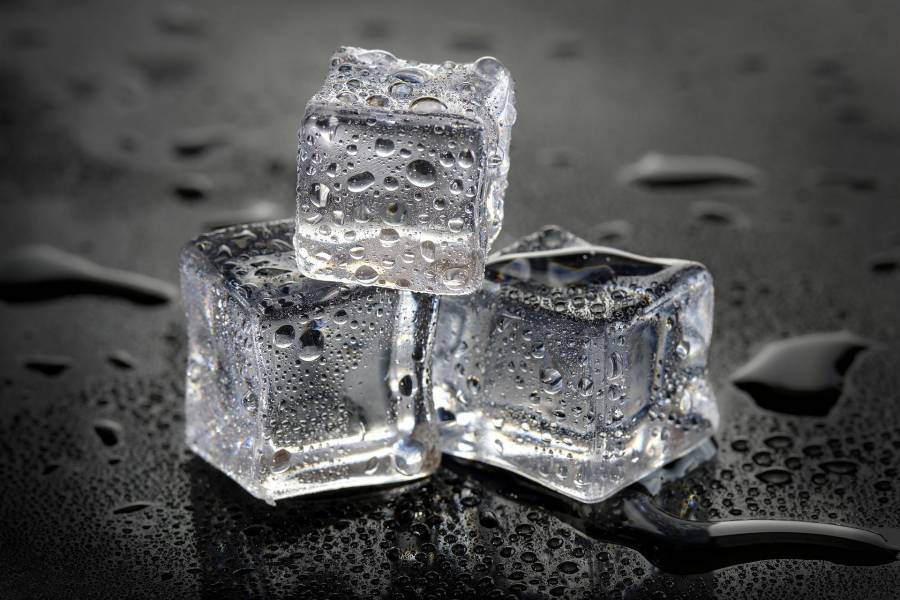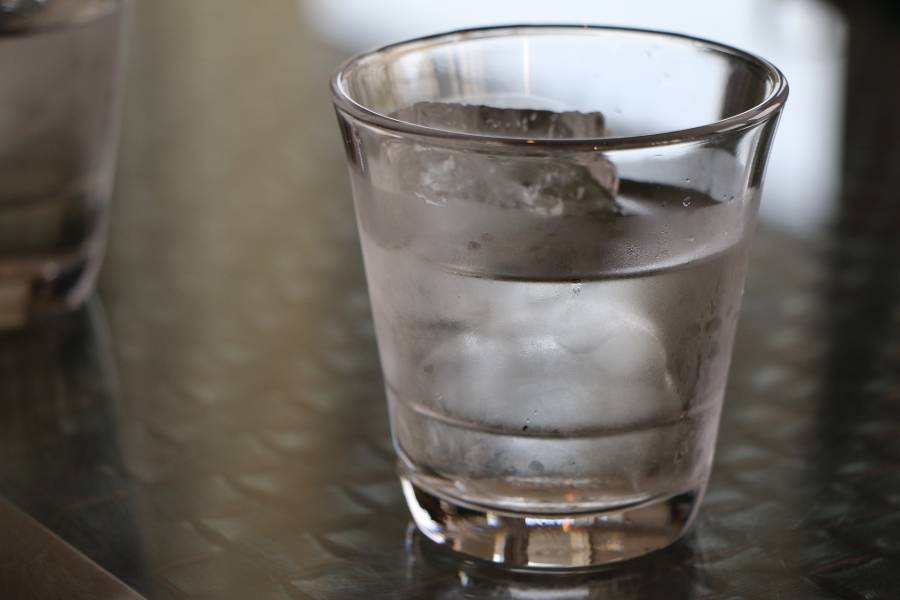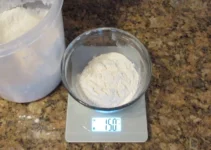We’ve all been there. You’re in a rush to make your morning coffee.
And you pop your cup of ice into the microwave to speed up the process.
But then, when the timer goes off, you open the door to find that your ice is still intact! Why is this?

Why Doesn’t Ice Melt In The Microwave? It’s a mystery that has baffled scientists for years.
But it turns out that there’s a scientific reason behind this phenomenon. Here’s what you need to know about why ice doesn’t melt in the microwave.
All You Need To Know – Why Doesn’t Ice Melt In The Microwave?
Working Of Microwave
It all has to do with how microwaves work. Microwaves are a type of electromagnetic radiation with a wavelength that is shorter than that of visible light.
They work by causing water molecules to vibrate. This vibration creates heat, which is why microwaves are so effective at heating food.
Any time you heat something in the microwave, you take advantage of one key benefit: speed.
Microwaves cook food faster than other methods because they directly target water molecules.
The microwaves cause the water molecules to rotate and bump into each other, which generates friction and creates heat.
Microwaves can penetrate food further than infrared radiation to heat food more evenly.
As a result, microwaved food is often more moist and tender than food cooked with other methods.
Additionally, microwaving is a convenient way to cook small items or reheat leftovers quickly.
So next time you’re looking for a quick meal, remember that the microwave can be your friend.
Experiment To Melt The Ice In The Microwave
You might think, “If microwaves can cause water molecules to vibrate and create heat, then why don’t they melt the ice?”
To answer this question, we need to look at a little experiment.
Placing Ice In the Microwave
If you’ve ever placed a cup of ice in the microwave, the ice appeared unchanged after two minutes.
Microwaves work by causing water molecules to vibrate, which produces heat.
However, ice is frozen water, and the molecules in frozen water are already locked into place. As a result, microwaves do not affect the ice.
So if you’re ever skeptical about the power of microwaves, just put a cup of ice in the microwave.
Placing Water In the Microwave
The water molecules vibrate when you put a cup of water in the microwave. It causes the water to heat up and the temperature of the water to increase.
The microwaves cause the water molecules to vibrate at a frequency millions of times per second.
The water molecules absorb this energy and start to move faster.
As the water molecules move faster, they bump into other molecules, transferring kinetic energy to them.
This transfer of kinetic energy makes the molecules collide with each other more frequently. And this causes the temperature of the water to increase.
Microwaves can heat food so quickly because they can penetrate deep into the food. And cause the molecules to vibrate directly.
Mystery – Why Doesn’t Ice Melt In The Microwave?
Now that we know how microwaves work, let’s get back to the question: why doesn’t ice melt in the microwave?
The simple answer is that the molecules in frozen water are already locked into place.
Microwaves can cause the water molecules to vibrate, but they can’t change the structure of the ice.

Structure Of Water Molecule
It’s helpful to know a little bit about the structure of water molecules. Water molecules are made up of two hydrogen atoms and one oxygen atom.
The hydrogen atoms are bonded to the oxygen atom by covalent bonds.
Why doesn’t ice melt in the microwave? It all has to do with water’s unique structure due to how its atoms are bonded.
Covalent bonds hold water molecules together, which form when the electrons are shared equally.
The electrons in the covalent bonds are arranged, so the hydrogen and oxygen atoms attract each other. This attraction is what gives water its structure.
And it’s also why water has a high boiling point because it takes massive energy to break those bonds.
However, microwaves work by causing the water molecules to vibrate, which generates heat.
The vibration is too high to break the bonds, so the water boils.
The Structure Of Ice
The structure of ice is slightly different from the structure of water. In ice, the water molecules are bonded to each other by hydrogen bonds.
It all has to do with hydrogen bonds. Hydrogen bonds are formed when the electrons in the atoms are not shared equally between the atoms.
The electrons in the hydrogen bonds are arranged in a way the hydrogen atoms are attracted to the oxygen atoms.
This attraction is what gives ice its structure. When you put ice in the microwave, the microwaves agitate the water molecules, causing them to vibrate.
However, the hydrogen bonds prevent the water molecules from moving too far apart and turning into vapor.
As a result, the ice doesn’t melt, even though it’s heated.
Experiment – What Should You Do To Melt The Ice?
Try this experiment at home to see the microwave in action. All you need is a cup of ice cubes and a microwave-safe container.
First, place the ice cubes in the container and put them in the microwave. Set the timer for two minutes and hit start.
The microwaves will cause the water molecules to vibrate, generating heat.
After two minutes, take the container out of the microwave and touch the ice cubes. They should be warm to the touch, but they won’t have melted.
Add a little water to the container and put it back in the microwave. Set the timer for two minutes and hit start.
This time, the water will help transfer the heat to the ice cubes, and they should start to melt.
After two minutes, take the container out of the microwave and touch the ice cubes. They should be completely melted.
So, what’s the moral of the story? If you want to melt ice in the microwave, you need to add water.
The water helps to transfer the heat to the ice cubes and helps them to melt.
Key Takeaways
- The structure of water molecules is what gives ice its unique properties.
- Microwaves heat food by causing the water molecules to vibrate, which causes heat.
- The structure of ice is somewhat different from that of water. In ice, the water molecules are joined together by hydrogen bonds.
- If you want to melt ice in the microwave, you need to add water. The water helps to transfer the heat to the ice cubes and helps them to melt.
- The next time you wonder why your ice cubes are still intact, remember it’s all due to hydrogen bonds!



